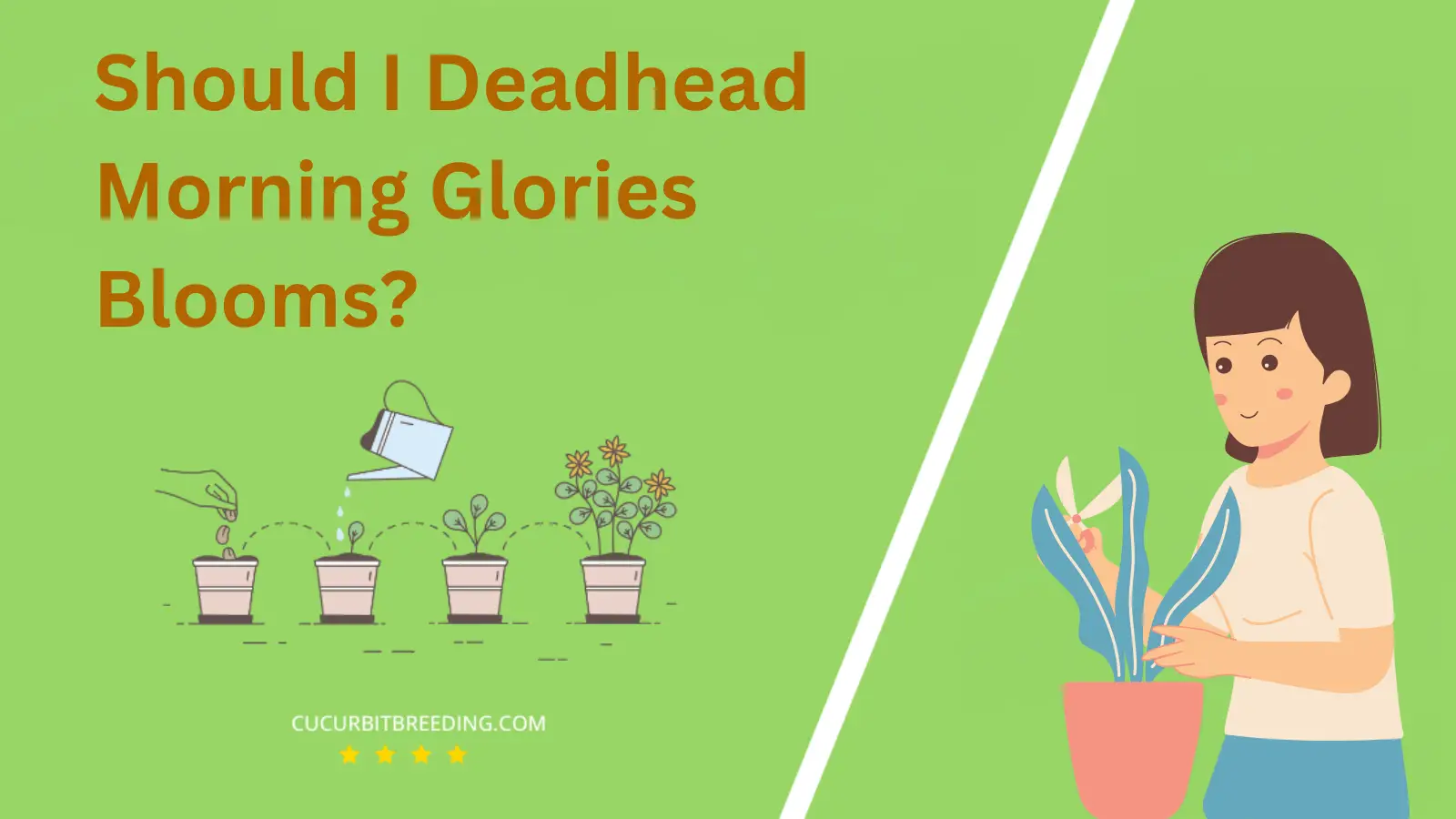
Ever wondered, when do Morning Glories bloom? These beautiful, vibrant flowers are a sight to behold, gracing gardens with their stunning presence. But, understanding their blooming cycle can be quite a mystery.
Let’s unravel this enigma together, delving into the fascinating world of Morning Glories and their keen sense of timing. Prepare to be amazed by nature’s impeccable scheduling.
When Do Morning Glories Bloom?
Morning Glories generally bloom in the early morning hours, typically just after sunrise. They will remain in bloom until the early afternoon. However, this is dependent on the specific species, weather, and environmental conditions. Some Morning Glory species may bloom later in the day, while others may close up as early as mid-morning.
| Stage | Description |
|---|---|
| Germination | Spring/Summer (April-August) |
| Growth | Summer (June, July, August) |
| Blooming | Summer (June-August) |
| Dormancy | Winter (December-February) |
How Long Do Morning Glories Bloom?
Morning Glories are known for their beautiful, trumpet-shaped flowers that typically bloom in the early morning. The blooming period for Morning Glories usually lasts from early summer to the first frost in the fall. However, the exact duration can vary depending on factors such as the specific variety of the plant, the care it receives, and the local climate conditions.
How Light Affects Morning Glories Blooms?
Light plays a crucial role in the blooming of Morning Glories. These plants are known for their colorful trumpet-shaped flowers that usually bloom early in the morning. The amount of light they receive influences their blooming pattern. Morning Glories need full sun exposure for a minimum of six hours daily to bloom ideally. Lack of sufficient light may lead to fewer flowers or none at all.
Photoperiodism, the process where flowering is regulated by the length of day and night, also affects Morning Glories. They are classified as short-day plants (or long-night plants), which means they are stimulated to bloom when the nights are longer. This is why they often bloom in late summer or early fall. Thus, the timing and duration of light exposure significantly impact the blooming of Morning Glories.
Will Morning Glories Bloom the First Year You Plant Them?
Yes, Morning Glories typically bloom in the first year that they are planted. They are annual flowering plants which means they complete their life cycle within a year. The exact time for blooming may vary depending on the climate and care provided, but generally, they bloom from early summer to the first frost.
Will Morning Glories Bloom Every Year?
Yes, Morning Glories will bloom every year. They are perennial vines in tropical and subtropical areas and annuals in colder climates. The plants self-seed prolifically and new plants will grow each year from the seeds dropped by the previous year’s flowers.

Should I Deadhead Morning Glories Blooms?
Yes, you should deadhead Morning Glories blooms. Deadheading, or the process of removing faded or dead flowers, helps to encourage more blooms. It prevents the plant from seeding, which can divert energy away from producing more flowers. In Morning Glories, deadheading can help the plant to bloom continually throughout the season.
Top Reasons Mature Morning Glories May Stop Flowering

The top reasons mature Morning Glories may stop flowering include several factors. Insufficient sunlight is a common cause, as these plants require full sun to flower optimally. They need at least six hours of direct sunlight each day.
Another reason could be over-fertilization. Too much fertilizer, especially nitrogen-rich ones, can lead to lush, green growth but fewer flowers. It’s best to limit the use of high-nitrogen fertilizers and opt for a balanced one.
Poor soil conditions can also affect flowering. Morning Glories prefer well-drained soil. If the soil is too waterlogged or nutrient-poor, it can hinder flower production.
Finally, inadequate pruning might be a reason. Regular pruning stimulates new growth and flower production. If the vines become too dense and are not pruned back, it can reduce flowering.